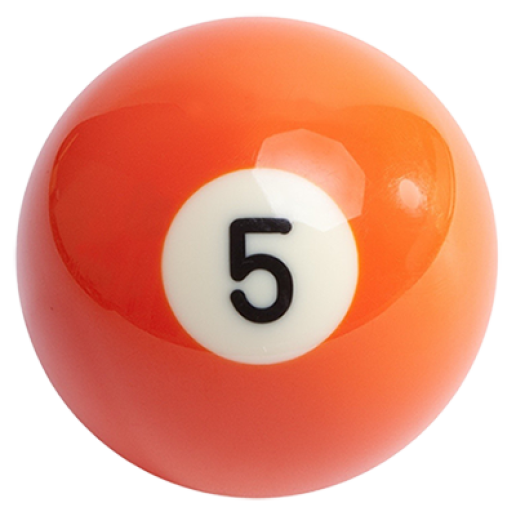The first plastic. It all started with a billiard ball

A competition to find a substitute for the ivory from elephant tusks
At the time, billiards was at the peak of its popularity. However, as the game found more and more enthusiasts, a problem arose. Strangely enough, the problem was linked to a shortage of elephants, which were already scarce at that time! For over two centuries, ivory from elephant tusks had been the only material both used and usable to fashion billiard balls, and there was no longer enough ivory to meet increasing demand, especially given that a single tusk only produces 4 to 5 balls!
The Civil War and the blockade imposed on the southern states made it impossible to import the highly sought-after material and ultimately put an end to the trade.
A small cut for a great discovery
Seeing its industry threatened, the Phella and Collender company, a manufacturer of billiard accessories, came up with the idea of launching a competition offering a reward to anyone who could come up with a substitute for this now banned material. John Wesley Hyatt, a young inventor, started his research using cellulose nitrate. However, tragedy struck and he cut his finger. While patching himself up, he noticed that the collodion - an antiseptic of the time - which he accidentally spilled on his preparation, made the whole thing harden.
Convinced of having stumbled upon the discovery of the century, he continued his research. It would take him another seven years to find the solution by adding camphor. A patent was filed on 12 July 1870: Celluloid was born and would pave the way for what would later become known as plastics.
Celluloid was used to manufacture billiard balls for some time, but it was too fragile to resist the impact of the balls against each other and was ultimately replaced by other synthetic materials, such as Bakelite, in the 20th century. Nowadays, billiard balls are mainly made of phenolic resin, a material that behaves similarly to ivory, and have a few additional qualities: they get dirty less quickly, they are perfectly spherical and they last longer.





